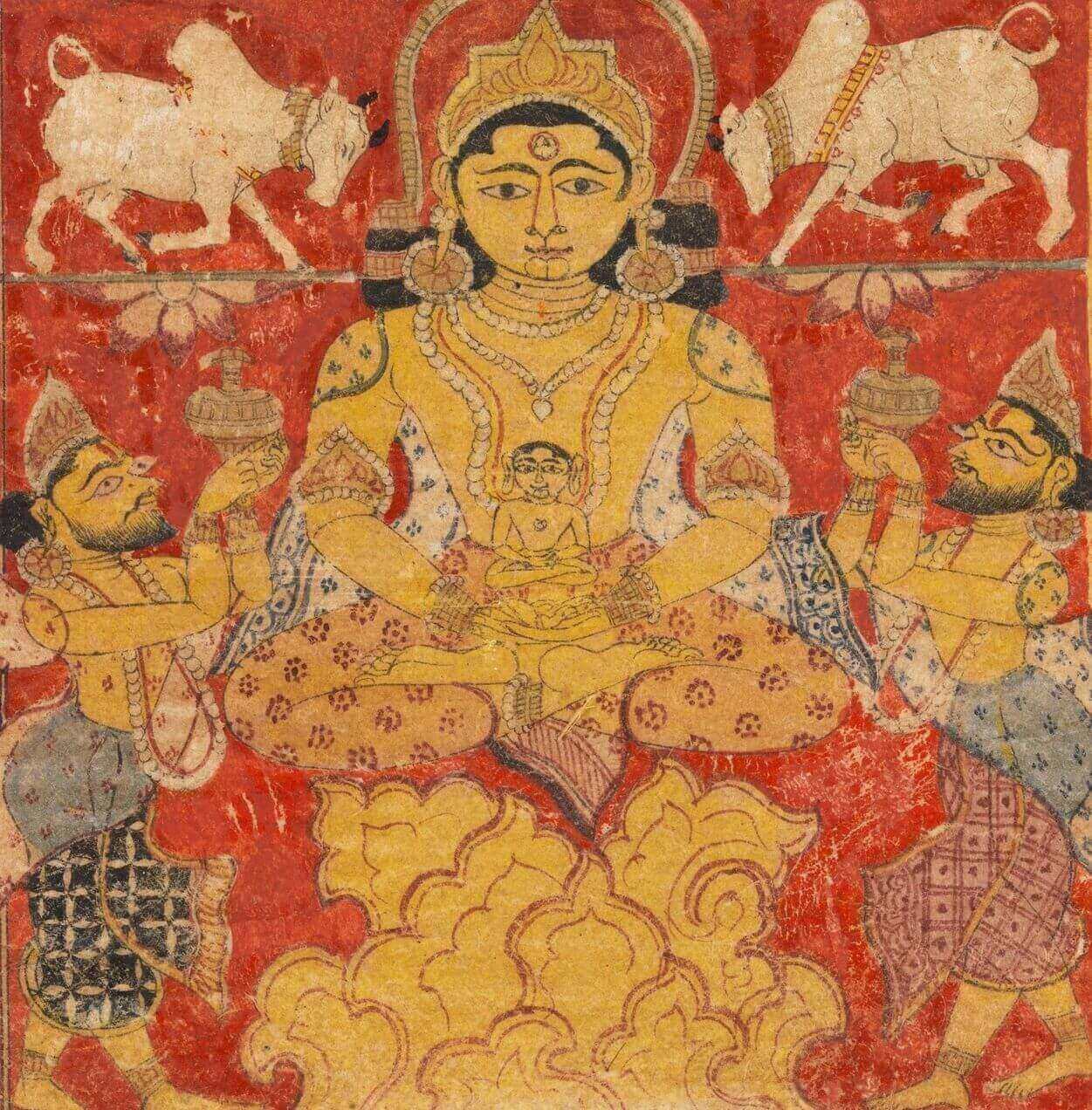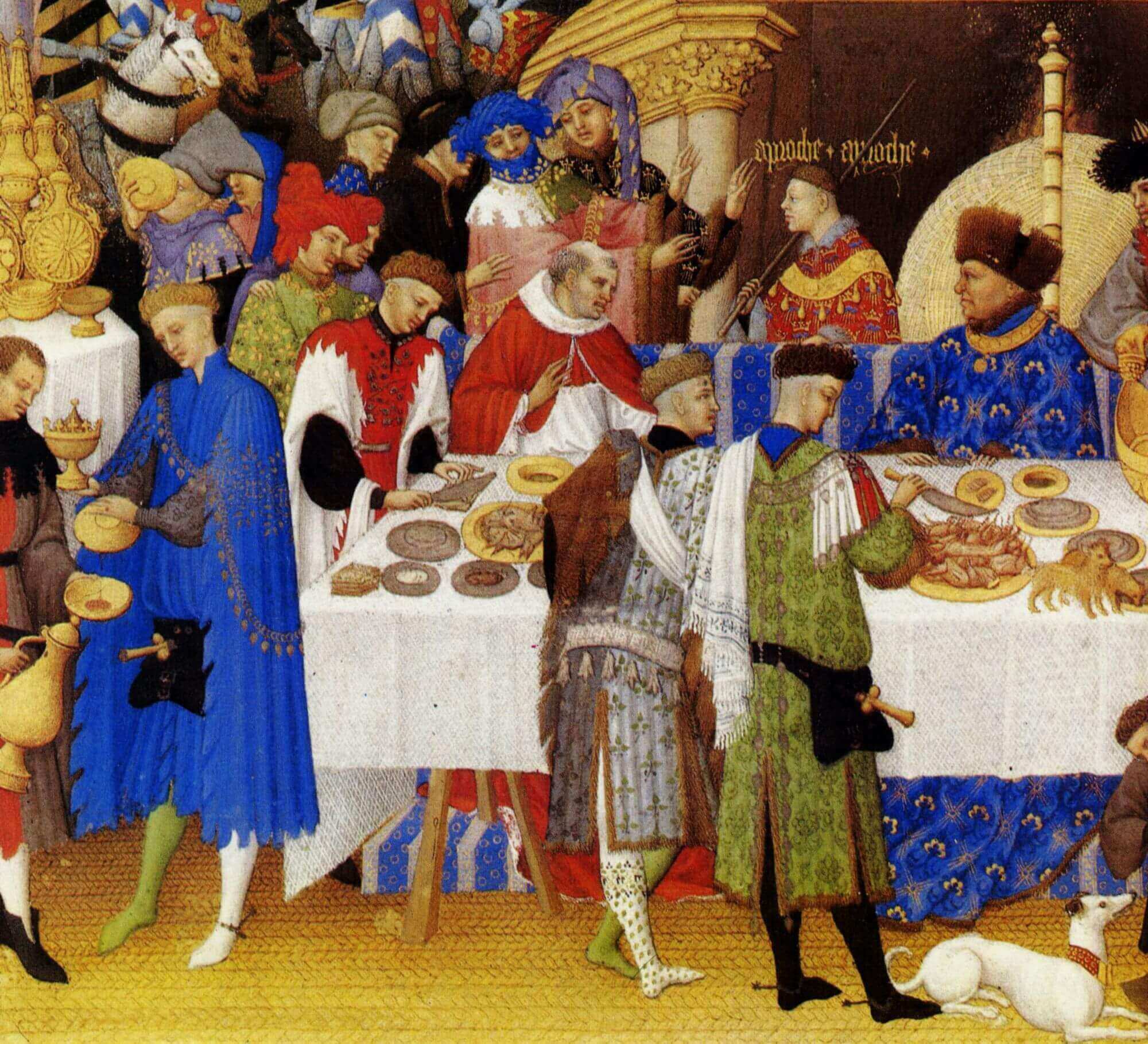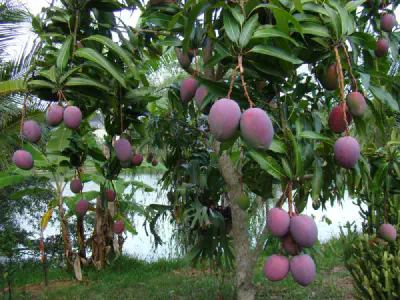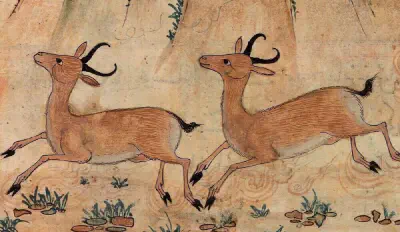The puzzle of gift-giving
It’s the time of year when, for those of us who live in countries and communities where Christmas is celebrated, we face the prospect of an explosion of gift exchange. This gift-giving raises all kinds of practical issues (as we asked in the last philosopher file, what do you get a man like Uncle Pedro?). But it is also philosophically puzzling. Why do we do it? What’s going on in this frenzy of giving and receiving gifts?
Last time, we looked at what could be called the paradox of gift-giving. On the one hand, gift-giving has the appearance of free exchange; but on the other hand, it is bound up with all kinds of obligations. Our philosophical excursion into the world of gift-giving in the previous Philosopher File left us in an uncomfortable place. Because according to the philosopher Jacques Derrida, for there to be a gift at all, it would be necessary this escape the economy of gift and counter-gift, this whole notion of exchange. A true gift is a gift where you get nothing back because when you get something back, you are no longer talking about a gift, you are talking about exchanging one thing for another. But where in the world can you find a gift such as this, a gift free of mutual obligation, free of any counter-gift, free of calculations about exchange?
The argument seems a compelling one. It is also unsettling because if you follow it through, it looks as if everything is on the brink of collapsing (or as if it has already collapsed) into the logic of economic reason. And it forces us to ask if there is any space for something apart from self-interest.
So in this week’s philosopher file, we are going to get more practical about gifts, so we can find a way out of this impasse. Because if you look more closely, it is not clear that Derrida’s account really matches how gifts work; and his notion of the gift doesn’t really map on to how we experience gift-giving. For Derrida, the only true gift would be the gift that left no trace, that effaced or erased itself, so undercutting the logic of exchange. But arguably, such a gift is no gift at all.
Why is this the case? Think of it like this. If you give me a gift, I not only want to get something out of it myself (it’s nice to be given gifts), but I want you to get something out of it (it’s nice to give). As the recipient of a gift, I want there to be some counter-gift, even if it is only knowing that you have a warm glow when you give something to me. I want this not because I am relentlessly thinking about economic circles and balancing the books (even if I may have an eye on this): I want it because it seems, in the moment of gift-giving, that we are both getting more than we started with. In the giving (or exchange) of gifts, our mutual aim is to both feel like we are coming out of the transaction with a sense that life has been somehow augmented by this exchange. As a recipient, this means I want you to get something out of it, even if it is only the pleasure of giving. This mutuality is central to gift-giving.
Breaking the symmetry of gift and counter-gift
The great anthropologist and theorist Marcel Mauss, in his Essai sur le don, or “Essay on the Gift”, talked about how our concerns with generosity often mask a strict accounting system of gift and counter-gift. Of course, it’s undeniably true that in gift-giving we do keep an eye on these things. But we do so not because our ultimate aim in gift-giving is to ensure strict symmetry. Instead, we do it because a rough-and-ready appropriateness of gift and counter-gift keeps the machinery of gift-giving running. So we keep our eye on these things much in the same way we might keep our eye on the functioning of a car engine. We don’t want the engine to break down. But we are not running it for its own sake. We are running it to take us somewhere. A well-functioning engine is not our aim. It is not our destination. But keeping an eye on how the machinery works helps us get to this aim or destination, whatever it may be.
It is the same with the engine of gift-giving. You want it to take you somewhere, so it makes sense to keep your eye on how the machine is running. And one part of this is keeping your eye on the appropriateness of gift and counter-gift. But, despite everything Mauss says, here you don’t want exact symmetry: this is the worst thing possible if what you care about is keeping the machine running.
Both experience and anthropological data back up the importance of asymmetry in gift exchange. The anthropologist Roy Wagner’s fieldwork among Daribi-speaking peoples in Papua New Guinea gives us a good example of this. Among these communities, Wagner writes, the last thing you want to do in gift-giving is to have symmetry. Symmetry, or a concern with symmetrical exactness, kills off the dynamism and the pleasure that underpins gift exchange in the first place [1]. Asymmetry, as long it isn’t too severe, is the thing that keeps gift exchange ticking over, that lends the system its life and its energy.
So what do we look for in gift exchange, if not for symmetry? Here we can find one answer in the indigenous philosophies of Indonesia. In her brilliant ethnography of the Tanimbar Islands in Southeast Maluku, the anthropologist Susan McKinnon writes about the complex cycles of gift exchange that once crisscrossed the islands. At first glance, these exchanges may seem like the kind of exchanges that Mauss talked about, bound by rigorous mutual obligations. And to some extent, they were, at least to the extent that accepting some mutual obligation is necessary to keep the machine (or the game) running. But the game of gift-giving in Tanimbar was played not for the sake of symmetry or of profit, but for the sake of something beyond the game itself: the new possibilities, relationships, and pleasures the game opens up. As McKinnon’s Tanimbarese hosts told her, the purpose of gift-giving was not to “look for profit,” but instead to “look for relation.” [2]
In this looking for relation, what is optimal is not cold, hard accounting. It is a sense that we are both winners in an exchange: a sense that there is a surplus benefit, beyond our economic reasoning, that makes things better for both parties.

McKinnon’s Tanimbarese friends told her that the hallmark of a good gift in Tanimbar is that it should be manminak, a word in the Fordatan language that means “tasty,” “sweet” or “good.” A non-tasty, non-sweet, non-good gift, or one that we do not experience as tasty, sweet and good, is something that we wouldn’t experience as a gift.
And this also means that any gift that effaces itself (as Derrida’s impossible/possible gift does), that leaves no trace, that won’t get its hands dirty with economic cycles, is no gift at all. As we have already seen, if you give me a gift, I want you to get something back, even if it is only the pleasure of giving. But this doesn’t leave us fully within the sphere of economic reason. Because as we make exchanges and counter-exchanges, looking for relation if our gifts are well-made, all parties benefit from the tastiness, the sweetness, the goodness of this giving.
Gift-giving, at best, is not about economic circles. It is about spirals where, with every single cycle, things get better for us all.
Gifts as creative works
Derrida’s work may throw into perspective some of our anxieties around gift-giving. And this is no doubt useful. But the metaphor of closed circles of exchange simply doesn’t do a very good job of describing what it is like to engage in gift exchange. And the spiral-like view of gift-giving sketched out above seems to me to be closer to the actual experience we have of gifts if they are well-given and well-received. Beyond symmetry, looking for relation rather than profit, we exchange gifts to make life tastier, sweeter, better.
In the picture that is beginning to emerge here, rather than seeing a gulf between pure economic reason on the one hand, and the pure gift that leaves no trace on the other, gift-giving seems something more messy and tangled. It is compromised but not fatally so. It is bound up with economic anxiety, but also with mutually-enhancing pleasure. And it is also something inherently creative. As I put it in my book Hello, Stranger: How We Find Connection in a Disconnected World, the writer Lewis Hyde has argued that creative works are gifts. But the reverse is also true gifts are creative works. They create trust between strangers. They create new possibilities and new futures.
Weighing up gift-giving
Once we put to one side for a moment our anxieties about the inescapability of economic reason, this opens the way to asking about what makes a good gift. And here, the philosophical traditions of India can help.
For many Indian philosophical traditions, the question of dāna, or giving, is of central importance. But these traditions sidestep the anxiety found in Derrida’s work. There’s a robust acceptance of the idea that a gift is a gift, leaving us with the question of how we can make sure that gifts are well-made.
According to the Jain text, the Tattvārtha Sūtra, dating to between the 2nd and 5th century CE, the worth of a gift is to be judged by the “excellence in the donor, the recipient, the procedure, and the substance.” This means there are four considerations when weighing up the worth of a gift:
- Who is giving
- To whom they are giving
- How they are giving
- What is being given

There are similar lists in other traditions as well. The Buddhists, for example, often list three criteria for judging the worth of the gift: the state of mind of the donor, the gift given, and the recipient. And these three criteria map, more or less, onto the first, second, and fourth from the Jain list. But the Jain list is nice because the question of how a gift is given encompasses not only the state of mind of the donor but also ticklish questions of timeliness, social context, ritual and appropriateness, all of which seem to be centrally important to most human gift-giving.
As Mariah Heim points out in her book about theories of gift-giving in South Asia, in all of these South Asian traditions, the concern with dāna or giving “does not theorize the gift as a site for self-interested individuals to make (and mask) exchanges.” [3] But neither does it see one-way, unreciprocated gifts as entirely selfless and pure. Instead, it sees the act of giving as something that “makes possible valued human relationships based on esteem and admiration.”
And as a way of thinking through good gifts and bad gifts, if we can shake off our Derridean anxieties for a moment, the Jain approach gives us a good starting point. These are all questions worth asking: Who am I to give this gift? To whom do I want to give it? How should I best give it? And what should I give?
And if you get these questions right, then life becomes — as the theorists of the Tanimbar islands might put it — tastier, and more worth living.
Notes:
[1] ‘“Luck in double focus”: ritualised hospitality in Melanesia’, Journal of the Royal Anthropological Institute (2012)
[2] Susan McKinnon, From a Shattered Sun: Hierarchy, Gender and Alliance in the Tanimbar Islands (University of Wisconsin Press 1991).
[3] Maria Heim, Theories of the Gift in South Asia: Hindu, Buddhist and Jain Reflections on Dāna (Routledge 2004), p. 144.
Further Reading:
You might like to read my piece on failed gift-giving in the Tanimbar Islands over on Aeon Magazine.



